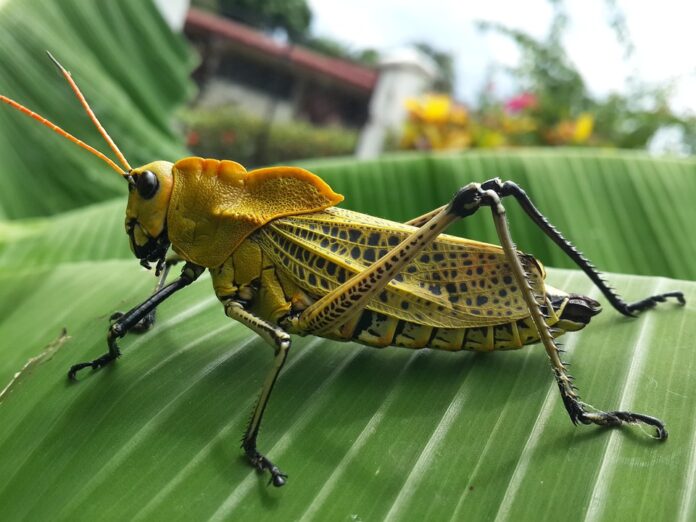Sustainability in the Lobster Industry: Reducing Overfishing and Environmental Impact
In recent years, the lobster industry has faced increasing challenges due to overfishing and environmental impacts. As demand for lobster continues to rise, it is essential for the industry to prioritize sustainability practices to ensure the long-term health of lobster populations and the marine environment.
Current State of the Lobster Industry
The lobster industry is a crucial economic driver in many coastal communities, providing jobs and income for thousands of people. However, the industry faces significant challenges, including overfishing, habitat destruction, and bycatch of other marine species.
According to the Food and Agriculture Organization of the United Nations, global lobster production has increased by over 60% in the past decade, reaching over 200,000 metric tons in 2020. This rapid growth has put pressure on lobster populations, leading to concerns about sustainability.
Overfishing and Its Impact
Overfishing is a significant threat to lobster populations, as it can lead to depleted stocks and ecosystem imbalances. In some regions, overfishing has already caused declines in lobster populations, leading to restrictions on fishing quotas and seasonal closures.
For example, in the Gulf of Maine, one of the most important lobster fishing areas in the United States, lobster populations have been declining due to overfishing and warming ocean temperatures. As a result, regulators have implemented strict measures to protect the remaining lobster stocks, such as reducing fishing quotas and implementing trap limits.
Environmental Impact of the Lobster Industry
In addition to overfishing, the lobster industry can have other environmental impacts, such as habitat destruction and bycatch of non-target species. Lobster traps, which are commonly used in lobster fishing, can damage sensitive habitats like coral reefs and seagrass beds.
Furthermore, bycatch of other marine species, such as fish and sea turtles, can occur when lobster traps are not properly designed or deployed. This bycatch can have serious consequences for marine ecosystems, disrupting food chains and endangering vulnerable species.
Sustainability Initiatives in the Lobster Industry
Despite these challenges, the lobster industry has taken steps to improve sustainability practices and reduce its environmental impact. Many lobster fishing companies have adopted responsible fishing practices, such as using biodegradable escape panels on lobster traps to reduce bycatch and minimize habitat damage.
In addition, some lobster fisheries have implemented certification programs, such as the Marine Stewardship Council (MSC) certification, to ensure that their lobster products are sourced from sustainable fisheries. These certification programs require compliance with strict sustainability standards, such as maintaining healthy lobster populations and minimizing environmental impact.
Conclusion
In conclusion, sustainability is essential for the long-term viability of the lobster industry. By reducing overfishing and minimizing environmental impact, the industry can ensure that lobster populations remain healthy and productive for future generations. Through responsible fishing practices and certification programs, the lobster industry can continue to thrive while protecting the marine environment.


